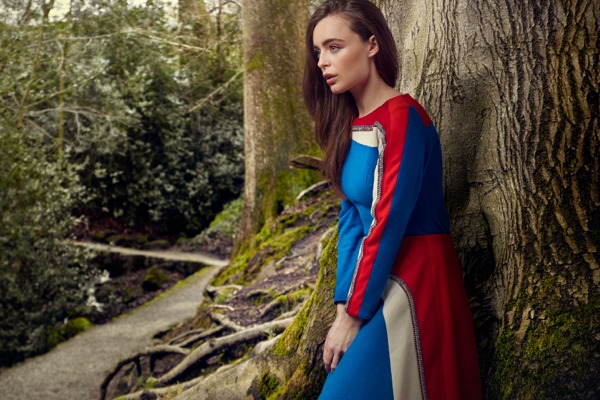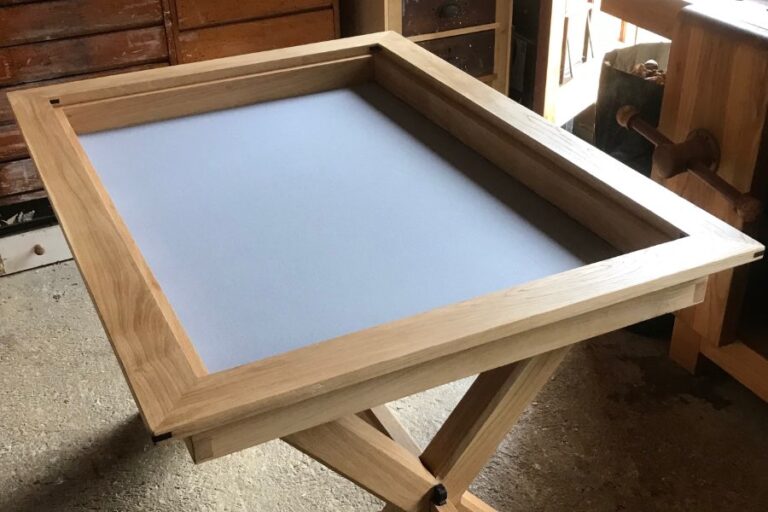Merino wool is used in the majority of the fabrics we sell. Just what makes it such a special, highly prized fibre?
Merino wool is highly regarded in the fashion and textiles industry. It has almost become a byword for quality. Through marketing the term also conjures up ideas of softness and sustainability.
These are all highly desireable idioms, in this article we’ll explore why Merino has become the fibre everyone wants to wear.
Where Does Merino Come From?
Merino is a breed of domesticated sheep, that was first farmed in Spain in the middle ages. The defining character of the sheep was the very fine hairs that make up it’s fleece. So highly prized was the sheep to Spain at the time, that anyone trying to export it faced the death penalty. Today Merino breeds are farmed extensively, as demand for their soft, warm wool has skyrocketed.
Countries That Farm Merino Sheep
The countries that produce the most Merino wool are those that tradtionally farm sheep. However it is Australia, South Africa and Argentina that are the biggest producers. Due in large part to limited southern extent of these countries. Which results in warmer, drier conditions in these countries, therefore providing optimal conditions for merino wool production.
Of these, Australia is by far the largest producer of the wool with more than two-thirds of the approximately 135 million sheep being merinos, kept for wool production. With climate change, this could start to change, as the traditional Austrailian sheep stations become more prone to drought, the areas suitable for raising the sheep diminish.
What Makes Merino Special?
Simply put it comes down to the fineness of the fibre. Merino wool fibres are incredibly thin, as the amazing image below shows, a strand of merino fibre compared to strand of human hair.
It is this fineness of fibre, that ultimately gives Merino wool it’s unquestionable softness. Furthermore these fine fibres when densly packed, are highly efficient at trapping warm air, which makes merino warm too.
Naturally Antimicrobial and Breathable
All types of wool have some amazing shared properties. However it is within the sportswear sector Merino has been readily adopted for base layers and underwear. This is because the combined antimicrobial and breathability has made Merino somewhat of wonder fibre for close fitting garmets. The merino provides softness and immediate warmth in the cold, yet allows the skin to breath, wicking sweat away. Furthermore due to the structural nature of wool fibres, bacteria have a tough time growing. To put it another way, when you sweat you won’t get wet and smelly, ultimately keeping you warm in the cold. Bizarrely, merino can also keep you cool. In hot conditions using an open weave can conduct heat and sweat away from the body quickly.
Sustainability and Welfare
As we are all aware farming animals has a large environmental impact. Livestock account for 50%–75% of overall Green House Gas emissions through methanic emissions. Methane being a far more potent Green House Gas than CO2.
Combine this with the large amout of post processing to convert the fibres into useable yarn, and the impact on the environment becomes greater still. Garments made from pure merino wool have a lot going for them. It is a long lasting and durable fibre, that is biodegradable. This means when washed, it doesn’t shed micro-plastics into the water cycle.
The welfare of sheep is also another factor to consider, particularly Merino sheep, whose coats grow continuously. As the sheep are raised in warmer climates, they need regular sheering to keep them cool.
Why is Merino Wool So Expensive?
There is no doubt Merino wool and its derivative products are expensive. Primarily because the wool itself suffers from a degree of scarcity. Most sheep are reared for meat, thus making “ordinary” wool highly abundent and therefore cheap. Merino sheep have smaller bodies and thus have less meat, which makes them a bit less attractive to farmers who look to maximise their profits. Ultimately, the fineness of the fibres contributes to the higher costs. It simply takes more merino wool to make a roll of fabric.
Fabrics We Stock
The majority of the fabrics we stock use Merino wool as a major constituent. However the two that offer the highest degree of wearability and are are used for uniform and costume design, for stage, film and television, are the two highlighted below.
 GENUINE BRITISH MADE FABRIC | Worldwide Shipping |
GENUINE BRITISH MADE FABRIC | Worldwide Shipping | 





